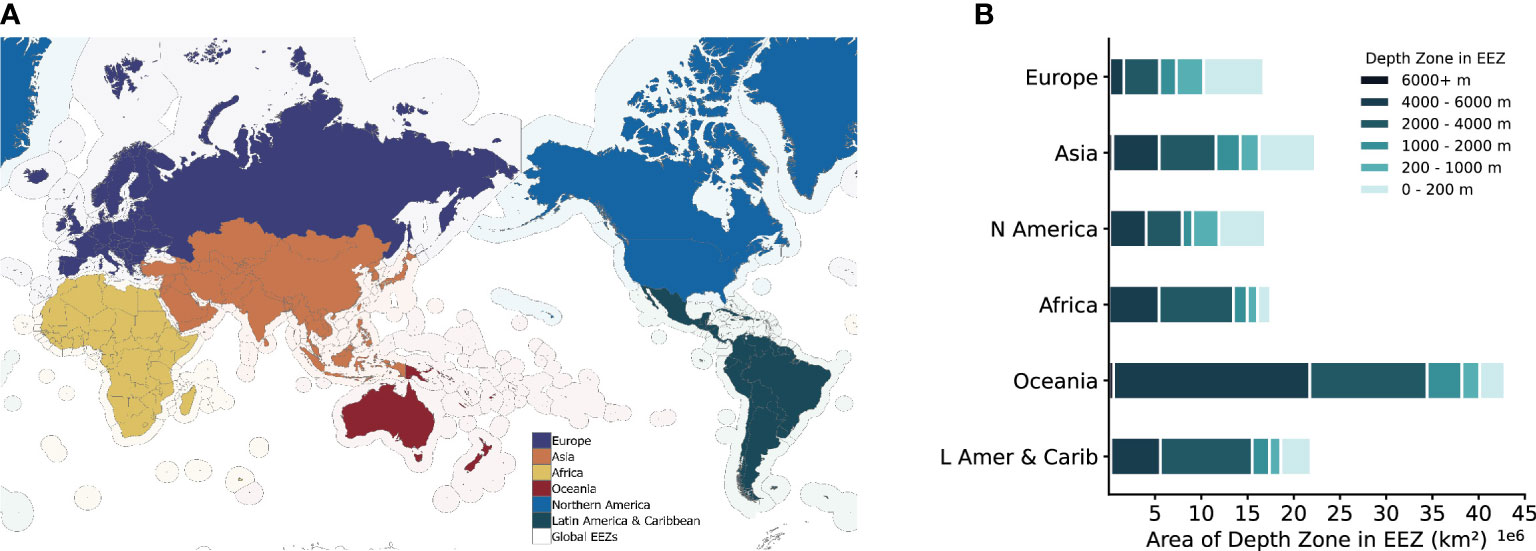Finally, President Obama’s state of the union called out Congress’s problem with climate change. Their denial is merely a symptom of overall scientific ignorance, a simply medieval issue that has temporarily stalled many great nations’ progress throughout history. Yet, President Obama’s points about climate change and it’s relevance to the nation gives one hope that there is a small smoldering ember of collaborative-driven leadership buried under piles of Benghazi reports, and it couldn’t come a moment too soon. The USA has stalled its scientific and technological growth at a key time in global history and is already generations behind the modern world in technological advancements to protect its people against a rising threat – the ocean.
Let me present you with a case study. I live in Zeeland in the Netherlands, and this area is protected by the world-famous Oosterschelde surge barrier; a 9km system of dams, movable concrete slabs, and artificial islands. The Oosterschelde is one of many ocean barriers strategically placed along the Dutch coast and has been deemed one of the Seven Wonders of the Modern World by the American Society of Civil Engineers. During storm events, the Oosterschelde’s massive concrete slabs shut and cut off Zeeland’s waterways from the surge of the North Sea.
![By Nils van der Burg from Madrid, Spain (IMG_7446) [CC BY-SA 2.0 (http://creativecommons.org/licenses/by-sa/2.0)], via Wikimedia Commons](https://www.southernfriedscience.com/wp-content/uploads/2015/01/1024px-Oosterscheldekering_1-e1421851795834.jpg)
This massive effort of coastal engineering was not done preemptively. Tens of thousands of people have lost their lives over the centuries as dozens of cities were swallowed whole, nearly overnight, by the sea (here is a short list). The creation of the Oosterschelde surge barrier was in response to the infamous North Sea Flood of 1953 when the dykes were destroyed and 2,551 people were killed. These feats of coastal manipulation are ingrained with national pride, a notion which is solidified by a plaque on the Oosterschelde that reads, “Here the tide is ruled by the wind, the moon, and the Dutch.”
![By Vladimír Šiman (online) (Own work) [GFDL (http://www.gnu.org/copyleft/fdl.html) or CC BY 3.0 (http://creativecommons.org/licenses/by/3.0)], via Wikimedia Commons](https://www.southernfriedscience.com/wp-content/uploads/2015/01/1024px-Oosterscheldekering-pohled-1024x768.jpg)
However, not everyone is galvanized by nationalism to dyke off the ocean. The Oosterschelde barrier costs €17 million (~$20 million) per year to operate and is only used during major storm events (which are, albeit, increasing). Additionally, the barrier has cut off the natural sediment flow from the North Sea critical to the tidal bed ecosystems it was designed to protect. Some groups have proposed an alternative method of dyke removal and controlled flooding of economically unimportant areas, creating new tidal flat ecosystems and giving the ocean many acres that currently sit below today’s sea levels. Unsurprisingly, this idea is hotly controversial and many consider it downright unpatriotic. How can one consider letting the sea take back parts of Zeeland after the centuries of casualties fighting to keep the ocean back? Yet, as the oceans are rising, in how many generations’ time will it be before the Oosterschelde is shut more often than it is open?
Which side of the debate do you fall on? Confident in your answer? Good, because this exact same issue is coming to a city near you.
The North Sea Flood of 1953 was the European equivalent of Hurricane Sandy, a brutal reminder from nature that she is changing and you can either move or put up a fight. The Dutch have prepared for a modern war against beach erosion and the government decreed to preserve the coastline as it was in its 1990 position, forever (more here). Can we expect an Oosterschelde-like surge barrier at the mouth of Chesapeake Bay (article about that study, here)? Will all neighborhoods be protected by barriers or will some be considered economically unimportant? Would it be more financially sound and safer to move cities away from the ocean? If the current Congress continues to deny climate change and starve research funding, the USA will not have enough home-based resources to combat these issues as they – literally – arise.
To dyke, or not to dyke… that is the question, but are we prepared for it? When the ocean washes away all of the sand, where will Congress stick the nation’s head then?

